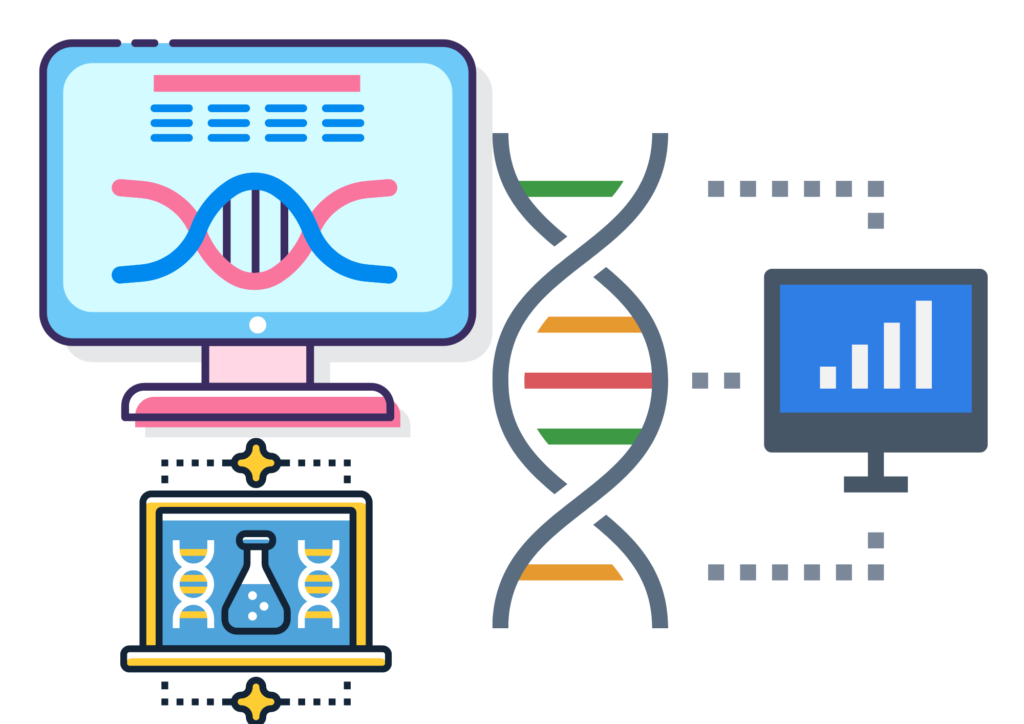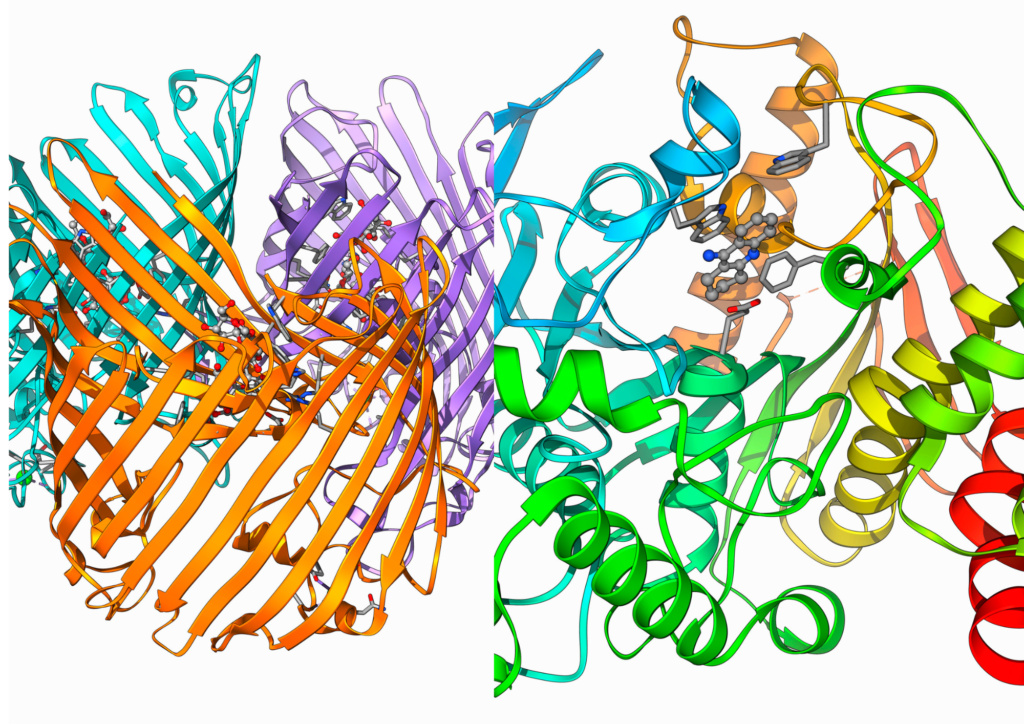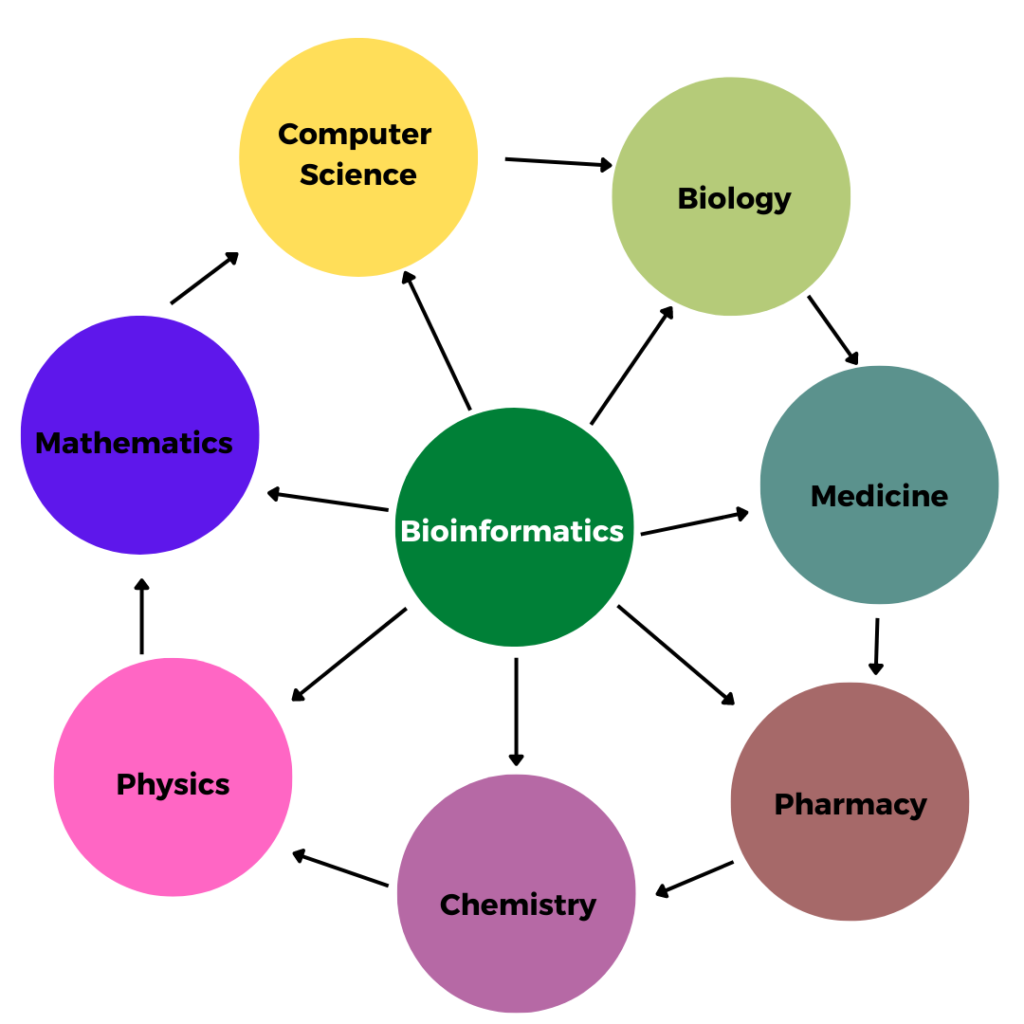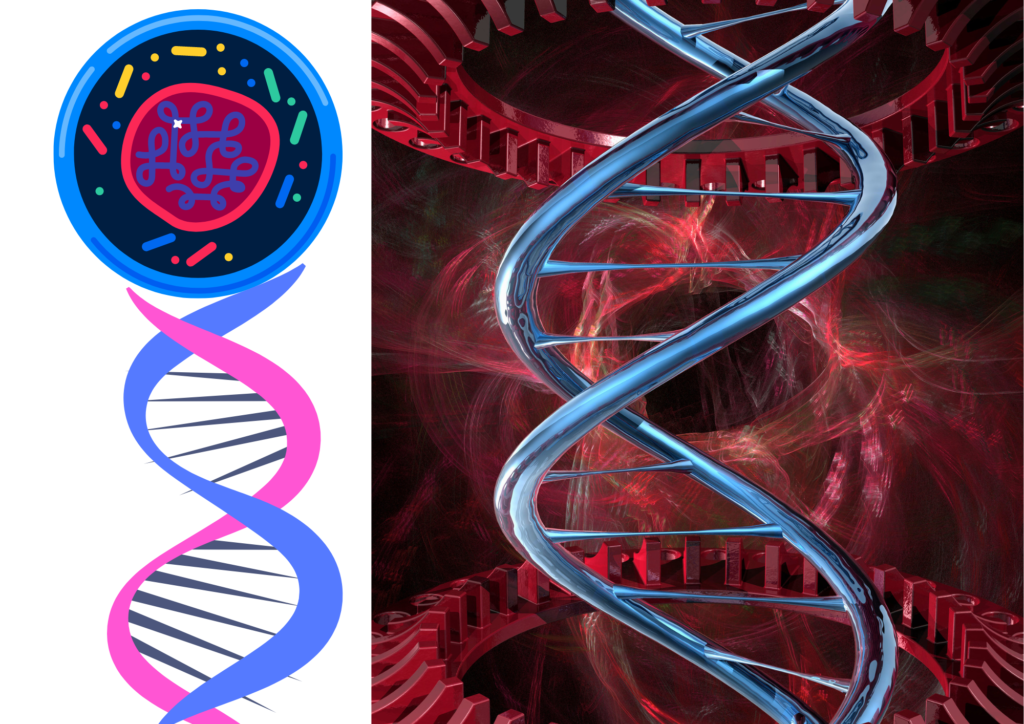Bioinformatics isn’t a new field by any means. It dates back to the early 1970s, when scientists first started using computers to store and analyze biological data. However, technological advances have exploded in popularity in recent years.
What is Bioinformatics?
Bioinformatics is the application of computer science and technology to the field of biology and medicine. It encompasses a wide range of topics, including gene sequencing and structure, protein analysis and function, drug design, population genetics, and evolutionary biology.
Bioinformaticians use computers to solve Biological problems. To do this, they use many different software programs that can predict patterns of disease or how a new drug will interact with other drugs or chemicals in the body.

They also develop new ways to store and organize Biological data. One of the essential roles of a bioinformatician is to develop databases that other scientists can use when researching a particular topic.
Bioinformatics is used in many different fields including:
Genomic: This refers to the study of all genes in an organism. By understanding the function and structure of genes, we can learn about how organisms work and develop new ways to treat diseases.
Proteomic: This is the large-scale study of proteins. Proteins are essential for many cellular processes, and by understanding their structure and function, we can develop new drugs and diagnose and treat diseases.

Pharmacogenomics is the study of how genes affect our response to medications. By understanding how different people process medication differently, we can tailor treatments to each individual patient.
Metabolomics: This is the study of metabolites, which are small molecules produced due to metabolism. Metabolites play an essential role in many biological processes, and by understanding them, we can develop new treatments for diseases.
Evolutionary Biology: This is the study of how species change over time. By understanding Evolution, we can learn about the history of life on Earth and develop new ways to conserve endangered species.
NGS: Next-generation sequencing is a new type of DNA sequencing that is much faster and more affordable than traditional methods. NGS is revolutionizing the field of genomics and has applications in many different areas, including medicine, agriculture, and environmental science.
Omics: Omics is a term used to describe the study of large-scale data sets. It encompasses many different fields, including genomics, proteomics, and metabolomics. Omics is helping scientists to understand the complexities of biological systems and develop new ways to diagnose and treat diseases.
The Importance of Bioinformatics
Bioinformatics is playing an increasingly important role in the field of biology. Here are some of the ways that bioinformatics is making a difference:

1. Increases Productivity in the Laboratory
Scientists and researchers have to work with increasing volumes of data sets. Applying traditional methods, analyzing all this information, and drawing reliable conclusions in a reasonable time frame is impossible.
By using bioinformatics, however, they can develop customized software solutions that automate repetitive tasks, speed up data analysis and enable them to focus on more important scientific questions.
2. Helps Make New Discoveries
The cost and time required to generate new DNA sequences have dropped dramatically in the last few decades due mainly to technical advances in DNA sequencing technologies.
Consequently, the number of available DNA and protein sequences has increased manifold, leading to a corresponding increase in the volume of biological data.
That growing body of data cannot be analyzed and interpreted by manual means alone. Instead, sophisticated computational methods for pattern recognition and data mining are necessitated.
3. Enables Making Accurate predictions
Bioinformatics not only helps generate hypotheses but also validates them by providing useful insights that might have otherwise gone undetected. It also allows for accurate predictions about the structure and function of biomolecules based on their sequence information.
For instance, bioinformatics was used to predict proteins’ three-dimensional (3D) structure even before they were experimentally isolated. This facility is extremely useful for studying the functions of proteins for which no 3D structure is available.
4. Aids Drug Design
The rational or computer-aided design of new drugs is another major application area of bioinformatics. Computer-aided drug design (CADD) methods are used to predict the biological activity of new chemical entities (NCEs) based on their 3D structures and to design novel molecules with desired drugs or leads for drug development programs. These methods help not only in reducing the cost but also the time required for developing new drugs.

5. Improves Agricultural productivity
With the rising global population, there is an urgent need to increase agricultural productivity without causing any harm to the environment. This can be achieved by developing genetically modified (GM) crops that are resistant to herbicides and pests, have a longer shelf life, or are capable of growing in adverse climatic conditions such as salinity or drought. Such GM crops can be developed by utilizing various genomic editing tools like CRISPR/Cas9 that have been made possible due to advances in bioinformatics research.
Conclusion
Bioinformatics is a fascinating field constantly evolving and changing as we learn more about biology and computer science. It has already had a major impact on scientific research and will continue to do so for years to come. If you’re interested in biology or computer science, consider studying bioinformatics—you could be instrumental in making some major Scientific breakthroughs!












This is wonderful. I will advise you write in detail the use and analysis of a specific platform such as R language.
We shall be doing that in coming days. Thank you.